Quick Summary
HR in the education sector presents distinct challenges, from teacher shortages and burnout to compliance risks and outdated systems. This article breaks down common HR issues educational institutions face and offers practical, actionable solutions for each. The insights here are designed to help schools run more efficiently and show how Checkwriters can help achieve this effectively. For tips and insights that make your HR processes easier, visit the Checkwriters blog.
Why HR in Schools Demands a Different Approach
Schools rely on human resources to keep operations running smoothly, from staffing classrooms to managing compliance and payroll. Research shows that schools using more structured HR practices tend to see substantial improvement in workplace performance outcomes.
Still, educational institutions face distinct HR challenges. Recruitment, retention, budget constraints, outdated systems, and constant staffing gaps make it hard to maintain consistent processes or plan ahead effectively.
This Checkwriters article outlines key HR issues schools encounter and offers clear strategies for addressing them with better systems, smarter workflows, and support from tools designed specifically for education settings.
Why Listen to Us?
Checkwriters works with schools to help solve the HR and payroll challenges that slow down daily operations. Our platform is built for education, with tools that reduce manual work, improve compliance, and more effectively support school staff.
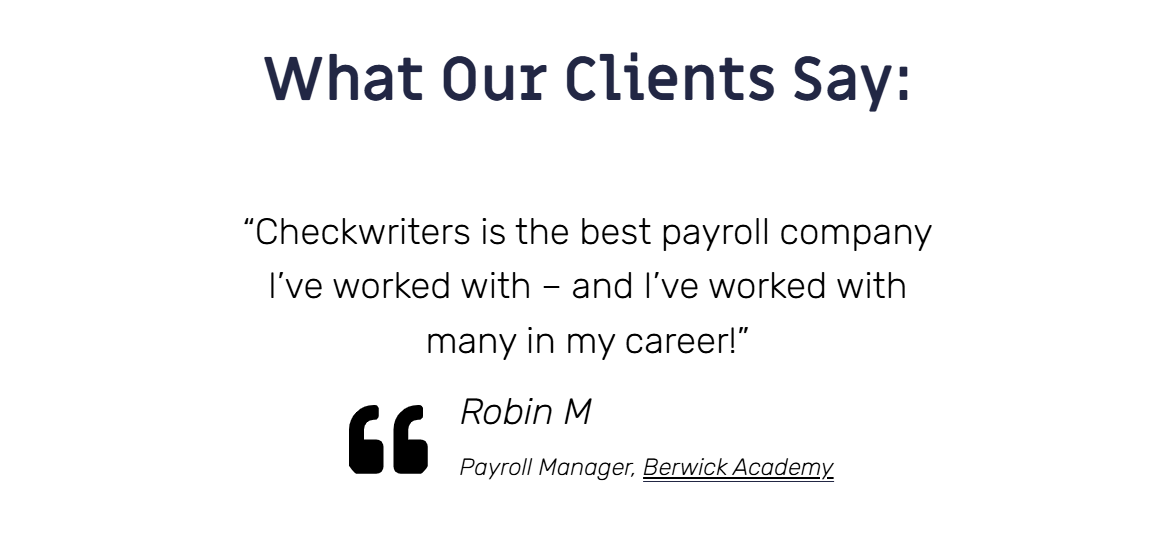
Berwick Academy was able to cut payroll processing costs by 50% after switching to Checkwriters, just one example of the real impact your institution can gain.
Understanding HR in the Education Sector
HR in schools is responsible for much more than hiring and payroll. It supports the systems that keep classrooms staffed, employees paid, and compliance risks in check, all while working within strict budgets and limited time.
Schools also operate under strict regulations and have very different staffing needs from those of other sectors. HR teams must manage certification requirements, academic calendars, union rules, and substitute coverage. These demands call for accurate and flexible systems.
The Importance of HR in the Education Sector
Key HR responsibilities in schools include:
- Hiring and Retention: Schools need to attract and keep qualified staff. HR manages recruitment, onboarding, and retention strategies to reduce employee turnover and improve consistency.
- Compliance: Certification tracking, labor laws, and policy updates are all within HR’s scope. Errors here can lead to penalties or disruptions.
- Training and Development: Ongoing learning keeps staff effective. HR identifies needs and coordinates training that meets professional standards.
- Payroll and Benefits: From accurate pay runs to handling insurance or retirement plans, HR ensures staff are supported and compensated correctly.
- Absence and Leave Management: HR monitors trends, handles leave requests, and works to reduce unplanned absences that affect instruction.
Effective HR in schools balances people, policy, and process, without losing focus on the classroom.
7 Challenges of HR in Schools (+ How to Overcome Them)
1. Teacher Recruitment and Retention
Schools across the country are struggling to attract and retain qualified teachers. Factors like limited budgets, high workloads, and lack of long-term career paths contribute to ongoing staff turnover.
For example, the Australian Education Union’s 2024 survey found that 83% of principals reported teacher shortages at their schools in the past year, and 93% said it was harder to fill vacancies. As a result, over 80% of teachers had to teach merged classes.
Similarly, in England, the National Audit Office reported that the number of newly qualified teachers in state secondary schools dropped to 8,700 in 2023–24, the lowest since 2010–11. Recruitment targets were missed, and many teachers cited burnout, low pay, and workload pressure as key reasons for leaving.
When schools can’t fill positions or keep educators in the classroom, student outcomes and school stability suffer.
What Can Be Done?
Improving recruitment and retention means rethinking how schools support and manage their staff. Key actions include:
- Offering competitive pay and clear advancement opportunities
- Reducing unnecessary administrative tasks
- Creating a supportive work culture
Checkwriters helps schools by streamlining the most time-consuming HR processes, including:
- Applicant tracking and digital onboarding
- Automated payroll that eliminates errors from manual data entry
- Centralized staff records and certification tracking
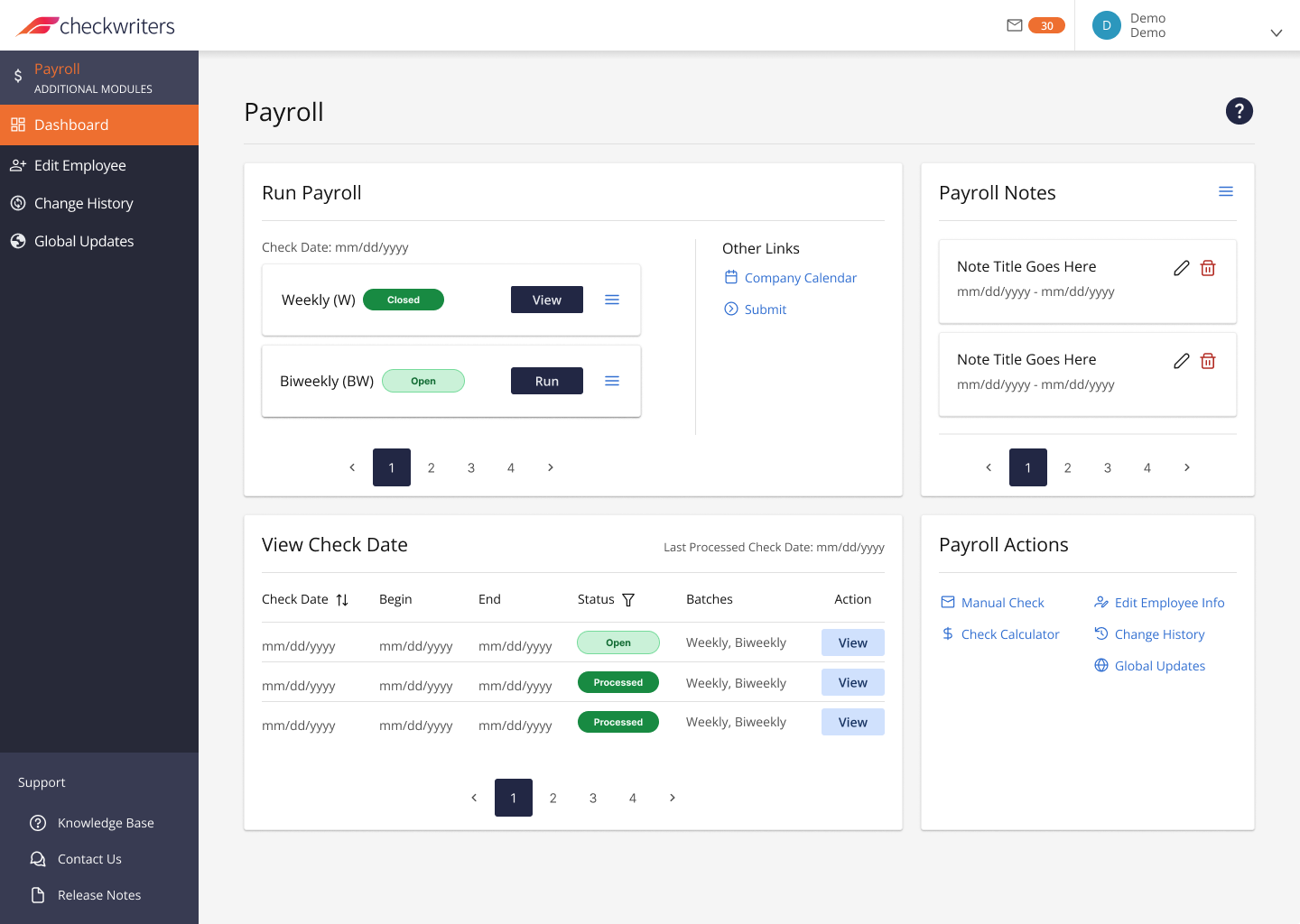
With less time spent on manual tasks, schools can focus on supporting teachers and building stronger, more stable teams.
2. Workload, Burnout, and Staff Wellbeing
Teachers and school leaders are under growing pressure to manage academic demands, student behavior, and administrative duties, often without additional time or support. The result is rising stress, burnout, and declining mental health. In many schools, staff are overwhelmed, morale is low, and long-term retention is at risk.
Real-World Examples:
- According to a 2024 RAND Corporation report, teachers were about twice as likely as similar working adults to report frequent job-related stress or burnout, and nearly three times as likely to say they struggled to manage that stress.
- Also, in England, a 2025 survey by the National Education Union found that only 1.5% of school staff were unaffected by workplace stress, and one-third of teachers reported being stressed at work at least 80% of the time.
What Can Be Done?
Reducing burnout and improving staff wellbeing starts with better systems and support. Schools can:
- Automate time-consuming admin tasks
- Give teachers protected planning time
- Offer access to mental health resources and support
Checkwriters helps by handling the tasks that weigh staff down, from payroll to certification tracking. With a single, easy-to-use platform, schools can reduce staff stress and focus on building a healthier, more sustainable work environment.
3. Employee Experience and Support
Employee experience in schools often breaks down at key points like onboarding, benefits enrollment, and day-to-day HR support. Manual paperwork, unclear processes, and disconnected systems leave staff confused and unsupported. This can lead to slower onboarding, missed deadlines, and frustration that affects morale and retention.
For example, at Katz Hillel Day School of Boca Raton, a Modern Orthodox Jewish day school with over 150 employees, staff onboarding and HR reporting were slow and inconsistent. Bringing on seasonal staff created extra administrative strain, and generating clear reports took more time than it should.
These gaps made it harder for leadership to focus on strategic priorities and for staff to get what they needed quickly.
What Can Be Done?
Improving employee experience starts with removing friction from the HR process. Schools can:
- Move onboarding and documentation online
- Give staff direct access to benefit information and enrollment tools
- Automate reporting, compliance support, and certification tracking
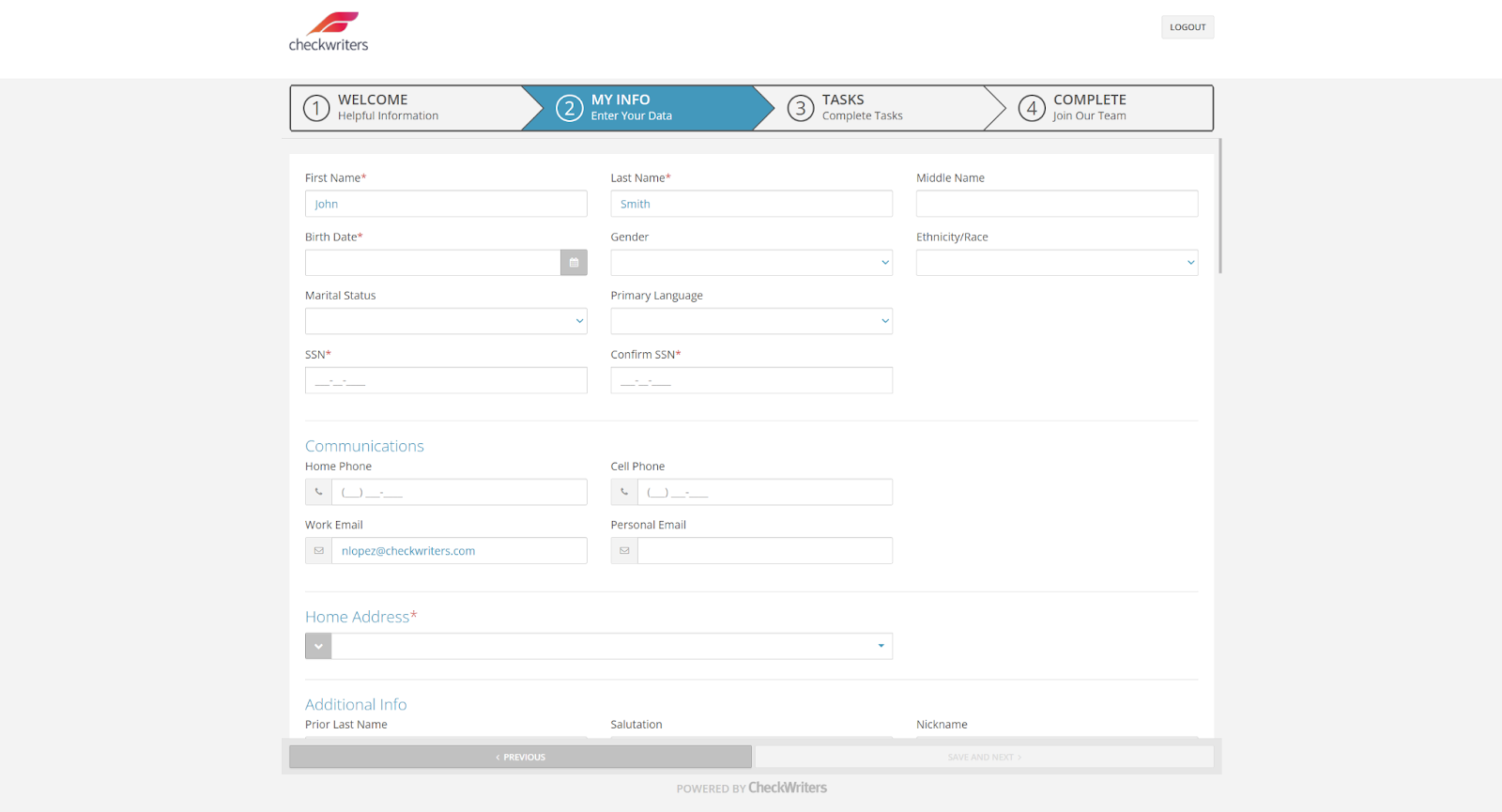
Checkwriters helps schools meet these goals with tools that make HR processes clear, fast, and easy for staff and administrators. We supported Katz Hillel Day School by simplifying seasonal employee onboarding and ensuring helpful HR support.
By reducing delays and confusion, schools create a more efficient and supportive experience that benefits everyone.
4. Compliance and Regulatory Challenges
Schools are required to meet a wide range of labor laws, certification rules, and reporting deadlines. These requirements change often and vary across local, state, and federal levels. When records are incomplete or processes rely too heavily on manual work, schools risk fines, audit issues, or missed filings, none of which they have time for.
For example, Berkshire Hills Music Academy, a residential program for young adults with intellectual and developmental disabilities, needed to stay compliant while managing a complex staffing structure.
Tasks like approving timesheets, tracking paid time off, and preparing filings were time-consuming and detail-heavy. Managing it all with limited internal resources made compliance harder than it should have been.
What Can Be Done?
To manage compliance and reduce administrative burdens, schools can implement the following strategies:
- Centralize staff records in one secure system
- Automate time tracking and payroll approvals
- Give employees access to key documents like W-2s and PTO balances
- Use digital onboarding to get new hires up to speed quickly
- Rely on trusted sources for regulation updates
Checkwriters helps schools do all of this in one place, with tools built to reduce admin time, improve accuracy, and keep schools audit-ready year-round.
We helped Berkshire Hills Music Academy by providing a system that tracks policy changes and streamlines necessary filings, such as benefits contributions, managing compliance without adding an administrative burden.
5. Inefficient HR Processes
Manual HR tasks and outdated systems hinder efficiency. Yet, many schools operate with outdated or fragmented HR systems. Tasks like payroll, time tracking, and employee record management are often handled manually or across multiple platforms.
This approach can lead to errors, delays, improper communication, and inconsistent practices, making it difficult to maintain efficiency and productivity across the organization, especially in schools with multiple campuses.
For example, the Diocese of Baker in Oregon, with about 300 employees across numerous parishes and schools, faced significant challenges due to decentralized HR operations. Each location managed payroll and HR tasks independently, with bookkeepers processing payroll by hand and other manual processes.
This lack of standardization resulted in inefficiencies, increased administrative burdens, and potential compliance risks.
What Can Be Done?
To resolve this issue, educational institutions can:
- Centralize HR functions: Integrate payroll, attendance, and HR management into a unified system that minimizes redundancies and ensures consistency across multiple locations.
- Standardize Processes: Develop uniform procedures for onboarding, benefits administration, and compliance tracking.
Checkwriters provided an effective solution for the Diocese of Baker by transitioning them from manual bookkeeping to an automated payroll system. By streamlining payroll across multiple locations, they were able to eliminate manual inefficiencies, ensure accuracy, and save administrative time.
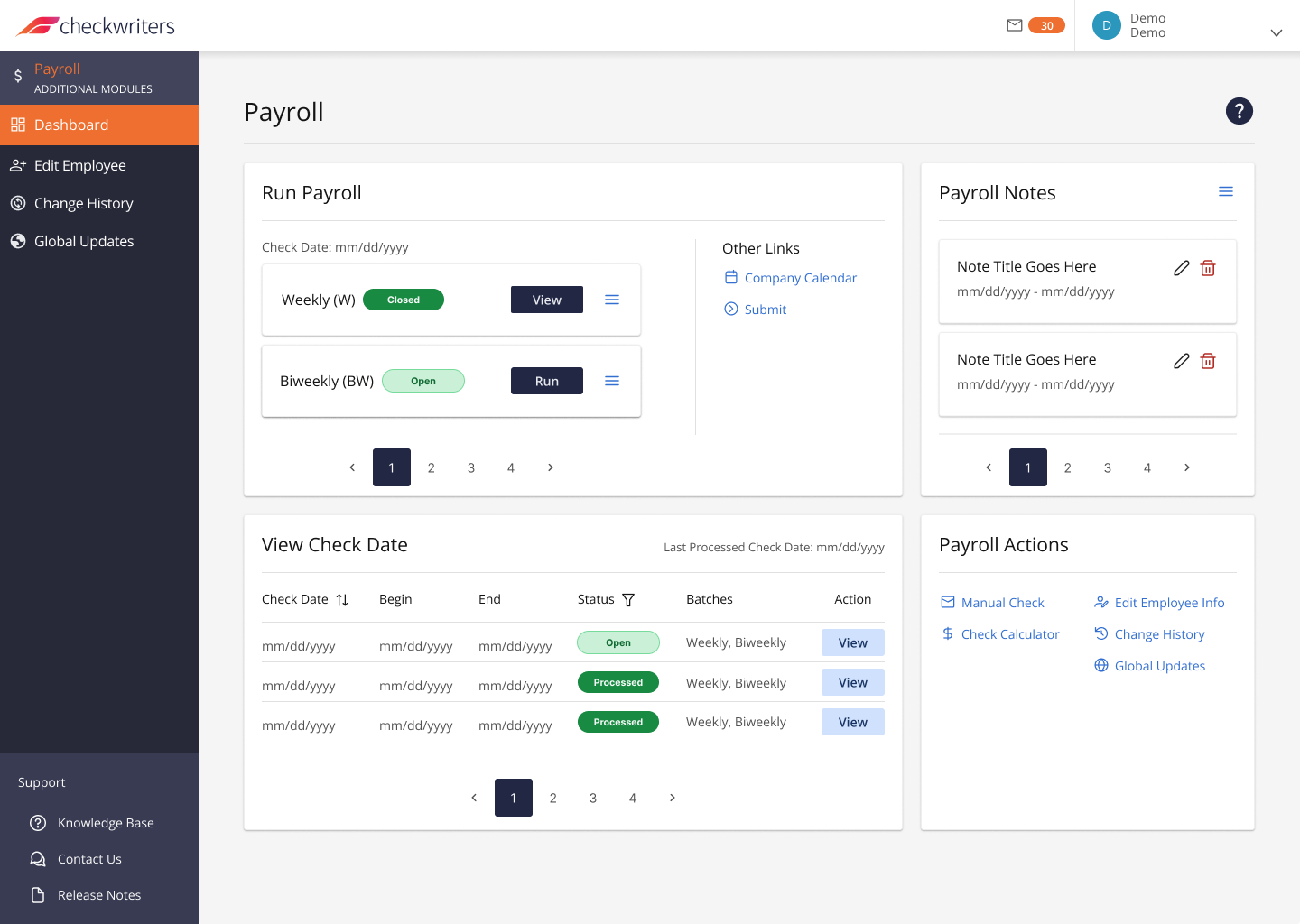
Schools facing similar challenges can benefit from HR software that manages processes efficiently, allowing them to focus more on their educational objectives.
6. Professional Development and Training
Teachers and other education professionals need ongoing training to stay current with curriculum standards, technology, and student needs.
However, schools often struggle to deliver effective professional development due to limited staff strength, tight budgets, limited time, and inconsistent tracking. This can leave staff underprepared and disconnected from growth opportunities.
For instance, in New South Wales, Australia, teachers receive eight pupil-free days annually for professional development. However, some educators have criticized these sessions as ineffective, citing poorly designed online modules and a lack of new insights.
This highlights the need for high-quality, impactful training that genuinely improves educational practices.
What Can Be Done?
Professional development is more effective when it’s accessible, structured, and clearly connected to individual roles and organizational goals. Educational institutions can achieve this by:
- Offering teachers and staff flexible, on-demand training options that align with their schedules and learning pace without disrupting the school day.
- Tracking completion and certification in one system, instead of manual tracking, which leads to expired certifications or missing records.
- Providing clear pathways for staff growth and ensuring specific training leads to new responsibilities or roles within the institution.
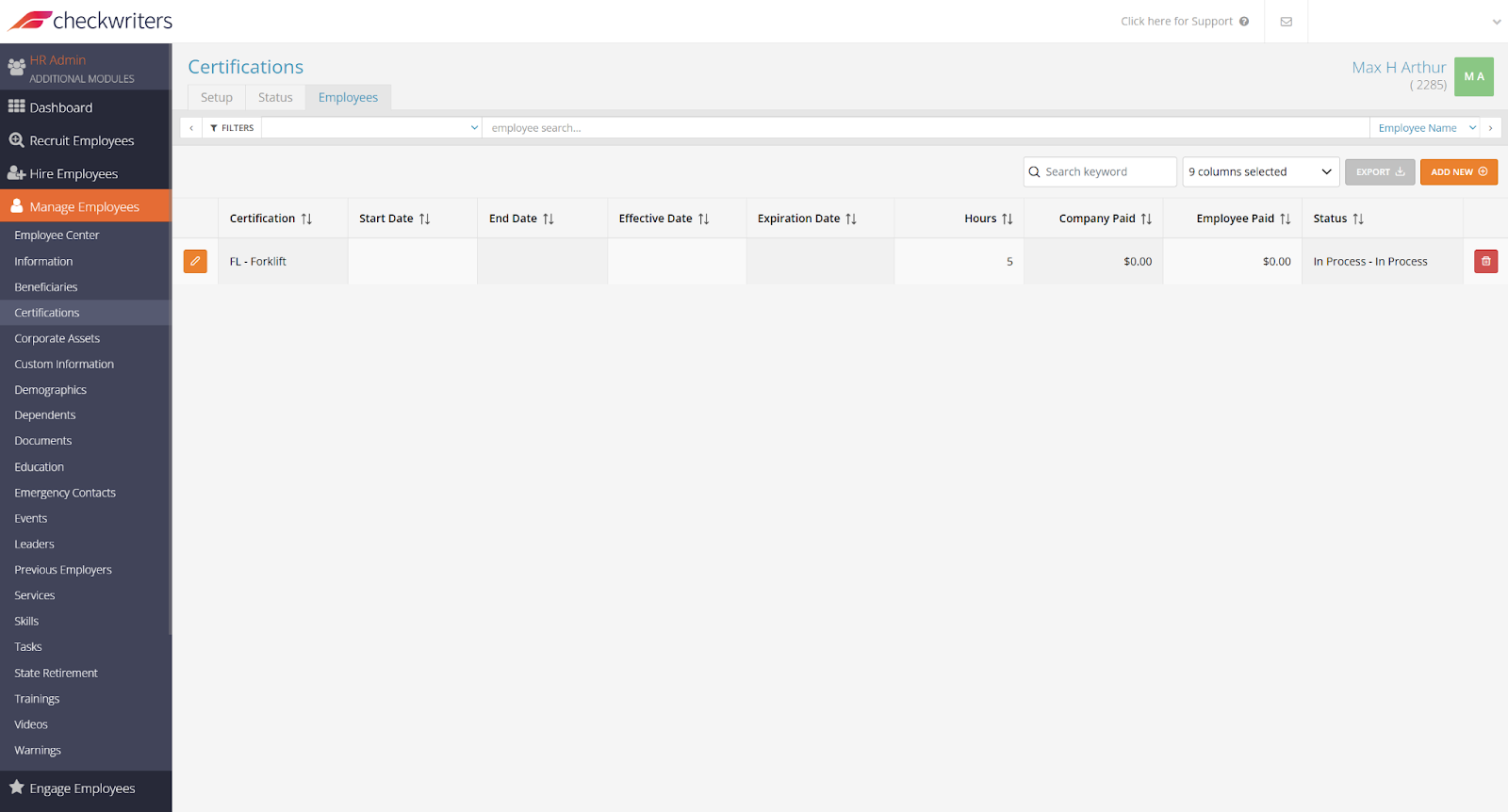
Checkwriters supports these efforts with tools that let schools assign training, monitor staff progress, and keep compliance-related certifications up to date. Everything is managed from one platform, with no spreadsheets or paper folders.
7. Managing Substitute Teacher Pools
Schools continue to face a shortage of qualified substitute teachers. Uncovered absences lead to last-minute scheduling problems, disrupted classes, and added pressure on available staff.
For instance, in Danbury, Connecticut, the district has faced significant challenges in covering teacher absences, with coverage rates sometimes falling as low as 60 to 70 percent, especially around holidays and weekends. This forces administrators to fill gaps on the fly or risk classroom disruptions.
What Can Be Done?
A stronger system for managing substitute coverage starts with better planning and faster execution. Schools can:
- Build and maintain an active pool of qualified substitutes
- Use automated tools to match openings with available staff
- Offer fair, consistent pay and clear expectations to attract more candidates
Checkwriters helps streamline this process with tools that simplify scheduling and eliminate manual coordination. By reducing delays and making assignments faster and more accurate, schools can ensure smoother classroom coverage and fewer disruptions.
Adopt Checkwriters for Smarter HR in the Education Sector
Educational organizations manage complex HR demands, from hiring and compliance to training and day-to-day operations. These challenges impact staff, students, and overall performance. Addressing them requires fast, accurate, and built-for-education systems. That’s where Checkwriters comes in.
Our platform gives educational institutions a single, integrated platform for payroll, HR, onboarding, scheduling, training, and compliance. With tools designed to reduce manual work and improve visibility, schools can spend less time on paperwork and more time supporting their teams.
Request a demo today to see how Checkwriters can streamline your HR process.
Disclaimer: The information contained herein is not intended to be construed as legal advice, nor should it be relied on as such. Employers should closely monitor the rules and regulations specific to their jurisdiction(s) and should seek advice from counsel relative to their rights and responsibilities.